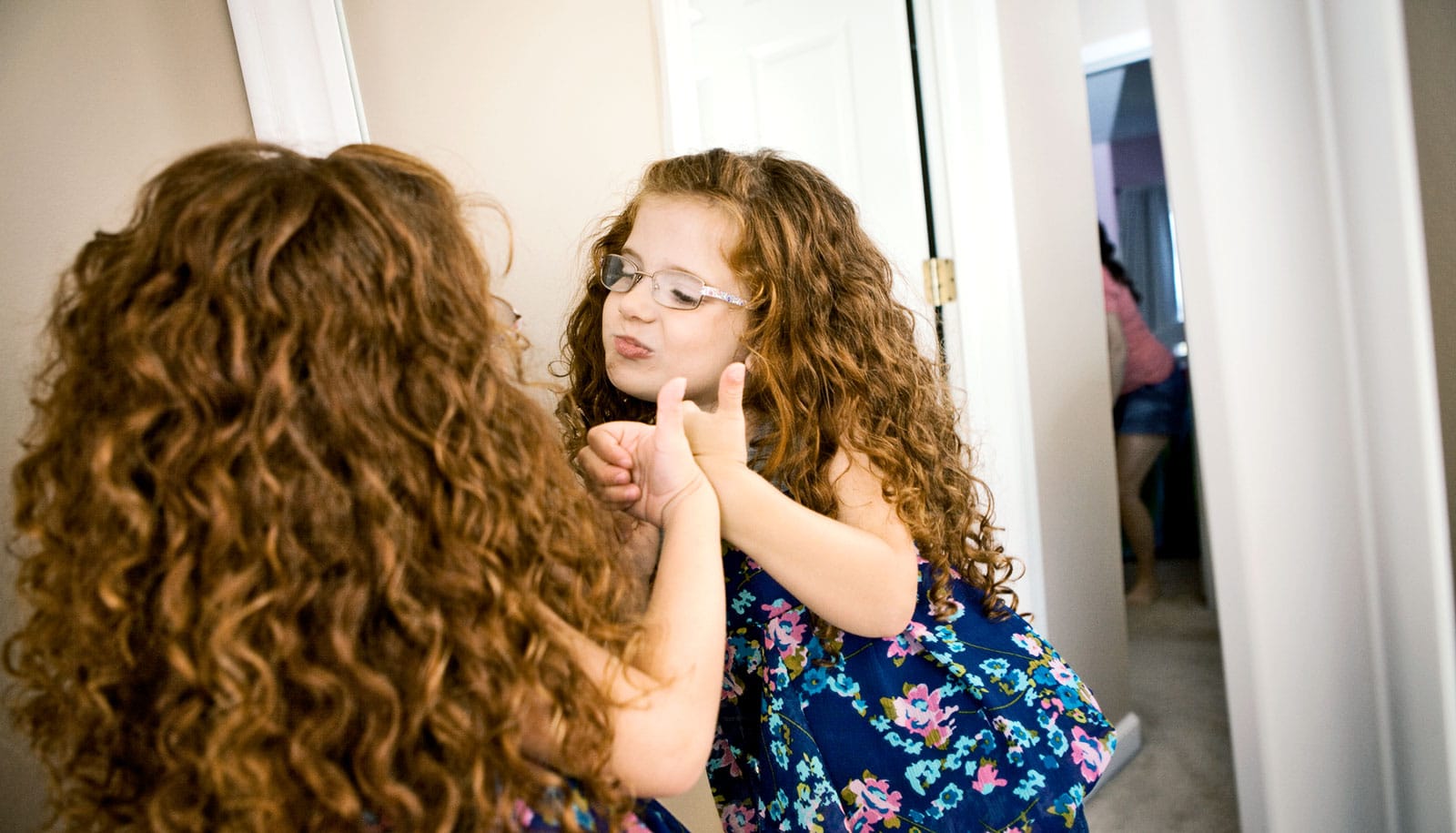Teen boys’ poor reading skills and social attitudes about women attending college can help explain why fewer young men enroll in college and other post-high-school education, researchers report.
“Reading scores are important for both boys and girls, and we know that girls, on average, score better on reading tests,” says study coauthor David Geary, a professor of psychological sciences at the University of Missouri.
“Here, we studied a snapshot of reading achievements for boys and girls when they were 15 years old,” he says. “And with an understanding of how social attitudes are in various countries about girls going to college, we can predict the ratio of men and women attending college five years later.”
Geary and his coauthor Gijsbert Stoet, a professor of psychology at University of Essex, analyzed three international databases: post-secondary education enrollment data between 2011-2017 from the Organization for Economic Co-operation and Development; national reading scores for 15- and 16-year-olds from the Program for International Student Assessment; and social attitudes toward women pursuing university education from the World Values Survey.
Specifically, the researchers looked at one question in the World Values Survey that read, “A university education is more important for a boy than for a girl.” In total, the data represents over 400,000 boys and girls in 18 countries.
“An important factor to consider is the degree to which people across the world believe that a college education is equally important for girls as it is for boys,” Stoet says. “Although more and more girls have been going to college, girls are still more likely than boys to be at a disadvantage in terms of social attitudes; this is a bigger problem in some countries than in others.”
Geary says the study paints a bleak picture for reducing the college gender gap unless reading skills are improved.
“The practical implication is that equity in college enrollment is well out of reach at this time,” Geary says. “There is no good reason to expect that national reading levels for either gender will be sufficiently raised in the coming decade to change enrollment patterns.
“The way to counter that is to improve reading skills, but that improvement will have to start early in life. The reading gap between boys and girls is there from the very beginning of schooling, even in preschool.”
The findings appear in the Proceedings of the National Academy of Sciences.
Source: University of Missouri


